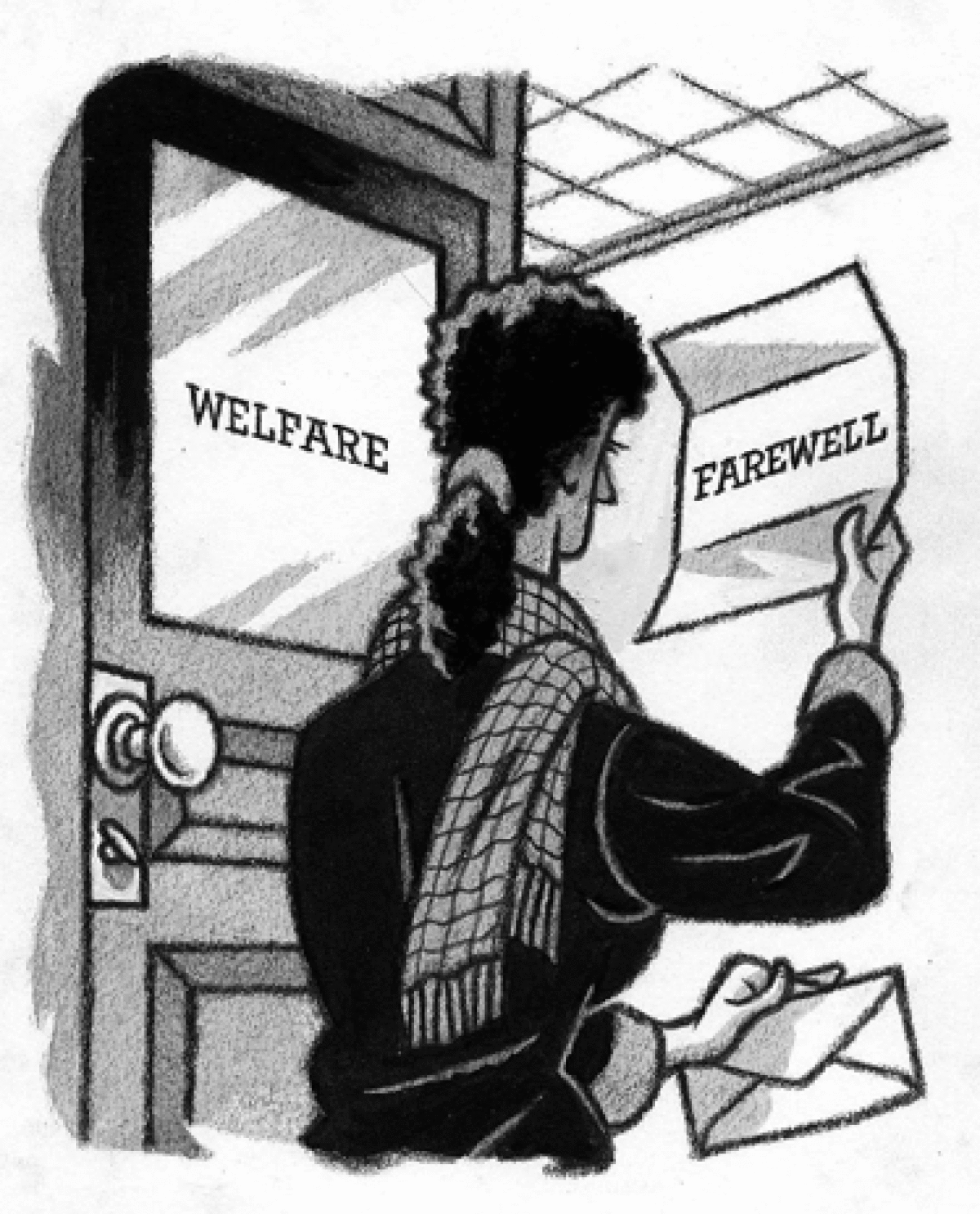Goldberg: Is disability the new welfare?

The government in Britain recently did something interesting.
It asked everyone receiving an “incapacity benefit” — a disability program slowly being phased out under new reforms — to submit to a medical test to confirm they were too disabled to work. A third of recipients (878,000 people) didn’t even bother and dropped out of the program rather than be examined. Of those tested, more than half (55%) were found fit for work and a quarter were found fit for some work.
But that’s Britain, where there’s a long tradition of gaming the dole. Americans would never think of taking advantage of the taxpayers or misleading the government. Well, except for the couple dozen people who have pleaded guilty to scamming the Long Island Rail Road’s federal disability system in a $1-billion fraud scheme. That would pay for a lot of White House tours.
Though hardly isolated, the LIRR scandal is an obvious black-and-white case of criminality. The real problem resides in a grayer area.
In 1960, when vastly more Americans were involved in physical labor of some kind, 0.65% of workforce participants between the ages of 18 and 64 were receiving Social Security disability insurance payments. Fifty years later, in a much healthier America that number has grown to 5.6%.
In 1960, 134 Americans were working for every officially recognized disabled worker. Five decades later that ratio fell to roughly 16 to 1.
Some defenders of the status quo say these numbers can be explained by the entry of women into the U.S. workforce, the aging of baby boomers and the short-term spike in need that came with the recession.
No doubt those are significant factors. But not nearly so significant as to explain why the number of people on disability has been doubling every 15 years (while the average age of recipients has gone down) or why such a huge proportion of claim injuries can’t be corroborated by a doctor.
Nicholas Eberstadt of the American Enterprise Institute and the Harvard School of Public Health notes in his recent book “A Nation of Takers: America’s Entitlement Epidemic” that 29% of the 8.6 million Americans who received Social Security disability benefits at the end of 2011 cited injuries involving the “musculoskeletal system and the connective tissue.” Fifteen percent claimed “mood disorders.”
It’s almost impossible, Eberstadt writes, “for a medical professional to disprove a patient’s claim that he or she is suffering from sad feelings or back pain.” And that’s assuming a doctor wants to disprove the claim.
In an illuminating and predictably controversial exposé for “This American Life,” NPR’s “Planet Money” team tried to figure out why, since 2009, nearly 250,000 people have been applying for disabilities every month (while we’ve averaged only 150,000 new jobs every month).
The answers fall on both sides of the gray middle.
One factor has to do with what correspondent Chana Joffe-Walt calls the “Vast Disability Industrial Complex.” These are the sometimes shady, sometimes well-intentioned lawyers who fight to fatten the rolls of disability recipients. These lawyers get a cut of every winning claimant’s “back pay.” The more clients, the bigger the take. That’s why they run ads on TV shouting, “Disabled? Get the money you deserve!”
Then there are the doctors. Joffe-Walt profiles one rural Alabama doctor who signs off on disabilities for pretty much anyone lacking a good education on the assumption their employment prospects are grim.
That points to the even bigger parts of the story. As the nature of the economy changes, disability programs are sometimes taking the place of welfare for those who feel locked out of the workforce — and state governments are loving it. States pay for welfare, the feds pay for disabilities.
There are those who are quick to argue that this is all bogus, there’s nothing amiss with the disability system that greater funding and a better economy won’t fix. Maybe they’re right. One way to find out would be to ask every recipient to get a thorough examination, just as they did in Britain. Maybe the results here in the United States would be interesting too.
More to Read
A cure for the common opinion
Get thought-provoking perspectives with our weekly newsletter.
You may occasionally receive promotional content from the Los Angeles Times.











